Your cart is currently empty!
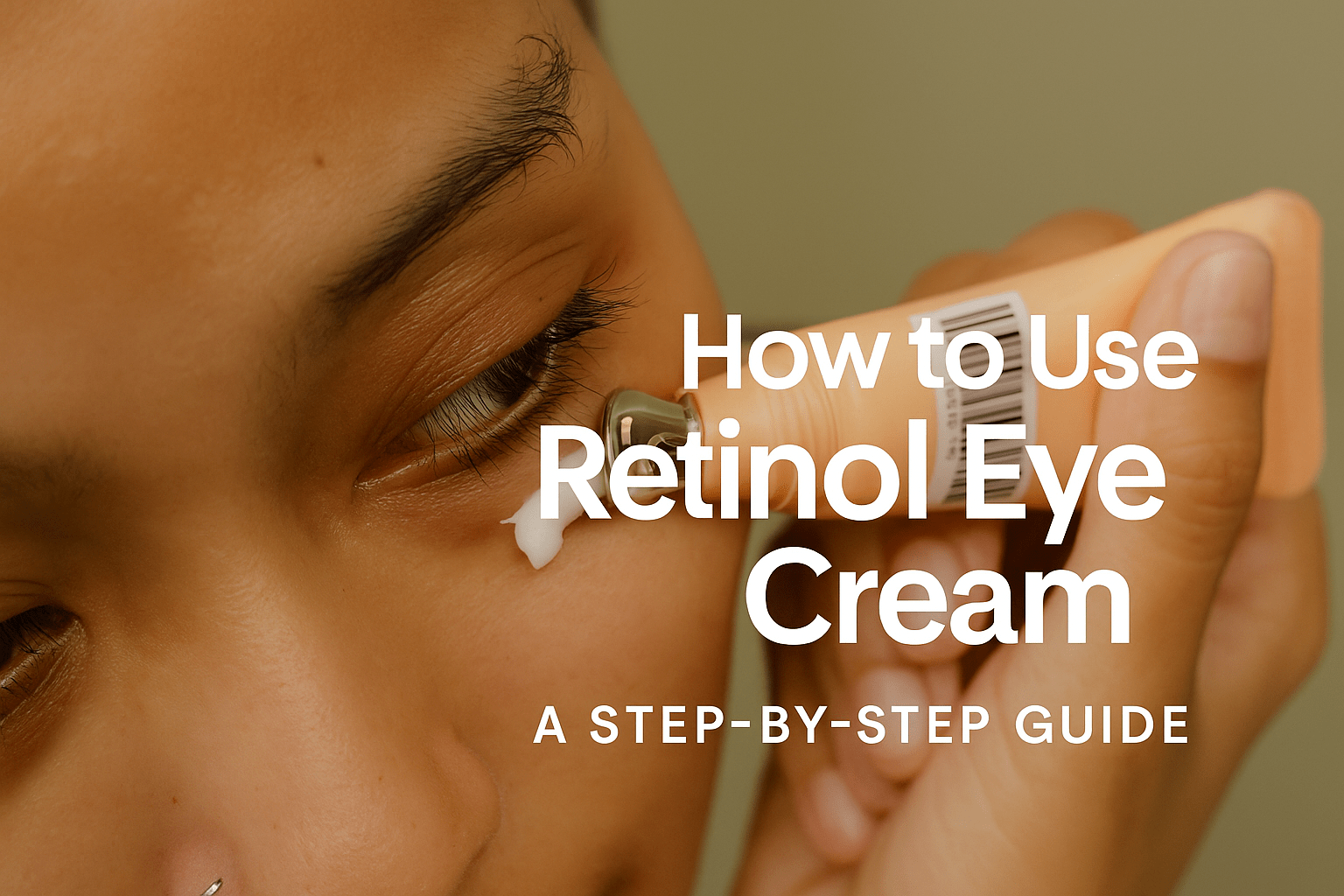
How to Use Retinol Eye Cream: A Step-by-Step Guide
Learn how to use retinol eye cream properly. This guide provides a step-by-step routine, including tips for beginners and how to avoid irritation for a smooth, firm under-eye area.
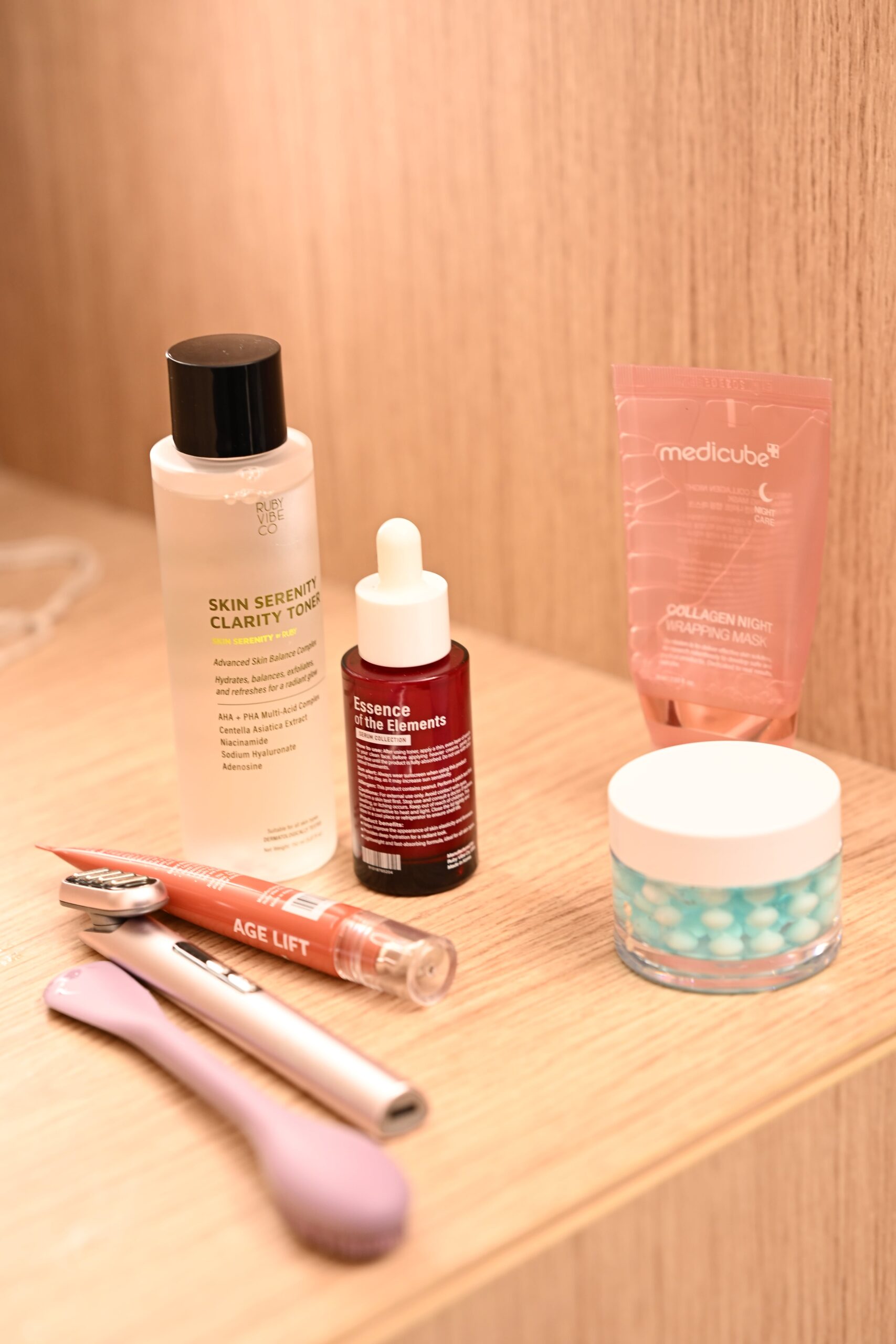
Why Retinol Eye Cream Matters
The skin around your eyes is thinner and more delicate than the rest of your face. It is also one of the first areas to show visible signs of aging, such as fine lines, puffiness, and dark circles. Retinol eye cream is a targeted solution that helps stimulate collagen production, reduce wrinkles, and improve skin texture. Unlike regular face retinol, eye creams are formulated with gentler concentrations to minimize irritation while still delivering results.
Using retinol eye cream correctly is essential because misuse can lead to dryness, redness, or sensitivity. With the right approach, however, this powerful product can transform your under-eye area, making it smoother, firmer, and brighter over time.
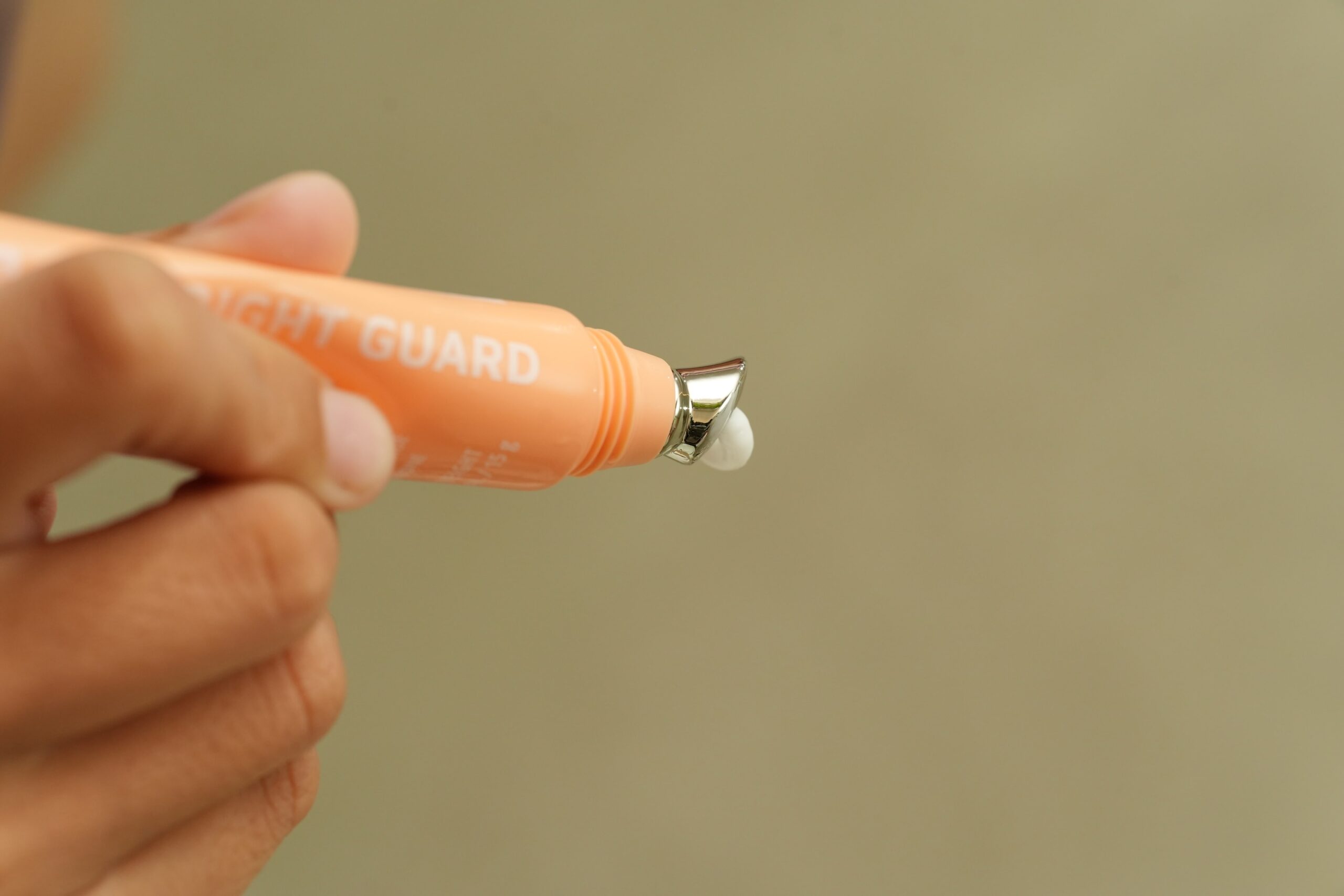
Step 1: Start Slowly
If you are new to retinol, patience is key. Retinol is effective, but it can also be intense for beginners. Start by applying your retinol eye cream two to three nights per week. Give your skin time to adjust before increasing frequency. Once your skin builds tolerance, you can use it every other night or as recommended by your dermatologist.
👉 Pro Tip: Choose a retinol eye cream with a low concentration (usually between 0.1% and 0.3%). Starting with a mild formula reduces the risk of irritation and gives your skin time to adapt.
Step 2: Cleanse and Prepare Your Skin
Before applying retinol eye cream, make sure your skin is clean. Start with a gentle cleanser to remove makeup, sunscreen, and impurities. After cleansing, pat your face dry with a soft towel.
Once your skin is clean and dry:
-
Take a pea-sized amount of retinol eye cream.
-
Use your ring finger to apply, as it applies the least pressure.
-
Dab tiny dots around your orbital bone (the bony area around your eye).
-
Gently tap and press the cream into the skin—avoid rubbing or pulling.
👉 Important: Do not apply retinol too close to your lash line or eyelids, as this can lead to irritation and dryness.
Step 3: Lock in Moisture
Retinol can sometimes cause dryness. To counteract this, always follow up with a hydrating, non-comedogenic moisturizer. Look for ingredients such as hyaluronic acid, ceramides, or peptides. These ingredients help soothe and replenish your skin barrier, preventing excessive flaking or tightness.
For people with extra-sensitive skin, you can even try the “sandwich method”: apply a thin layer of moisturizer first, then apply retinol eye cream, and follow again with another layer of moisturizer. This technique provides an added protective barrier.
Step 4: Don’t Forget Sunscreen
Retinol increases your skin’s sensitivity to sunlight, making sunscreen a non-negotiable step in your morning routine. Apply a broad-spectrum SPF 30 or higher every morning, especially around the eye area. Skipping sunscreen not only reduces the effectiveness of retinol but also exposes your skin to premature aging and sun damage.
Step 5: Be Consistent and Patient
Retinol eye creams do not deliver overnight miracles. It usually takes 4 to 12 weeks of consistent use to see visible improvements such as smoother texture, reduced fine lines, and brighter under-eyes. The key is to stick with your routine and allow your skin the time it needs to renew itself.
👉 Pro Tip: If irritation occurs, reduce frequency or switch to a gentler formula. Pairing retinol with hydrating serums and moisturizers can also help maintain balance.
Extra Tips for Using Retinol Eye Cream
-
Avoid layering strong actives: Don’t combine retinol with other harsh ingredients like AHAs, BHAs, or vitamin C in the same routine unless recommended by a professional.
-
Best time to apply: Use retinol eye cream at night, as retinol breaks down in sunlight and works best during your skin’s natural repair process.
-
Store properly: Keep your retinol eye cream in a cool, dark place to maintain its potency.
-
Listen to your skin: If redness, flaking, or irritation becomes severe, pause use and consult a dermatologist.
Who Should Use Retinol Eye Cream?
Retinol eye cream is suitable for most skin types, especially if you are concerned about:
-
Fine lines and wrinkles
-
Dark circles
-
Puffiness
-
Uneven texture around the eyes
However, if you are pregnant, breastfeeding, or have extremely sensitive skin, it is best to avoid retinol products and seek alternatives such as peptides or bakuchiol-based eye creams.
The Bottom Line
Learning how to use retinol eye cream step by step ensures that you get the benefits of this powerful ingredient without unnecessary irritation. Remember to:
-
Start slowly.
-
Apply correctly using your ring finger.
-
Follow with moisturizer.
-
Protect with sunscreen.
-
Stay consistent.
With patience and proper care, retinol eye cream can become a game-changer in your skincare routine, helping you achieve a firmer, smoother, and more youthful under-eye area.


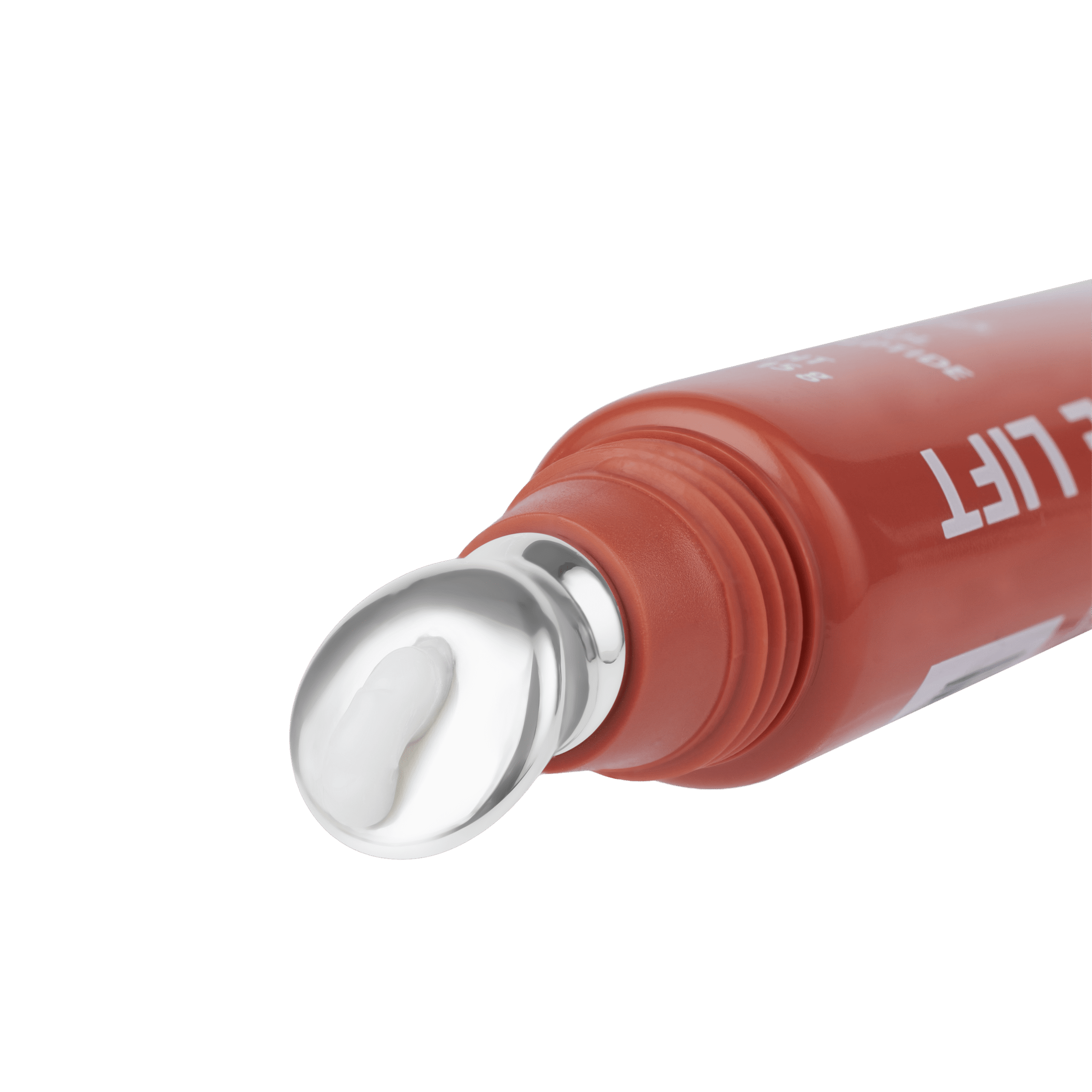
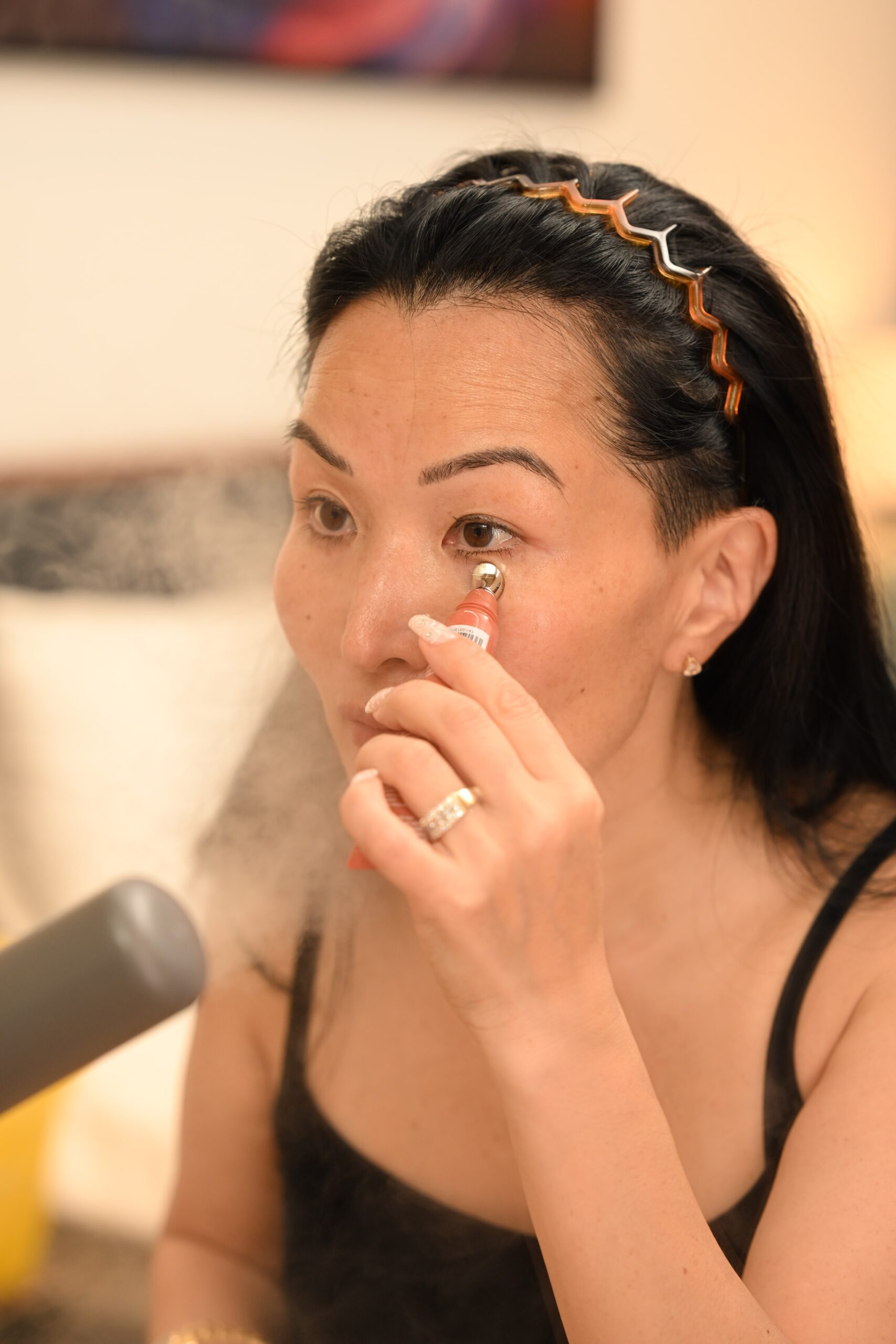
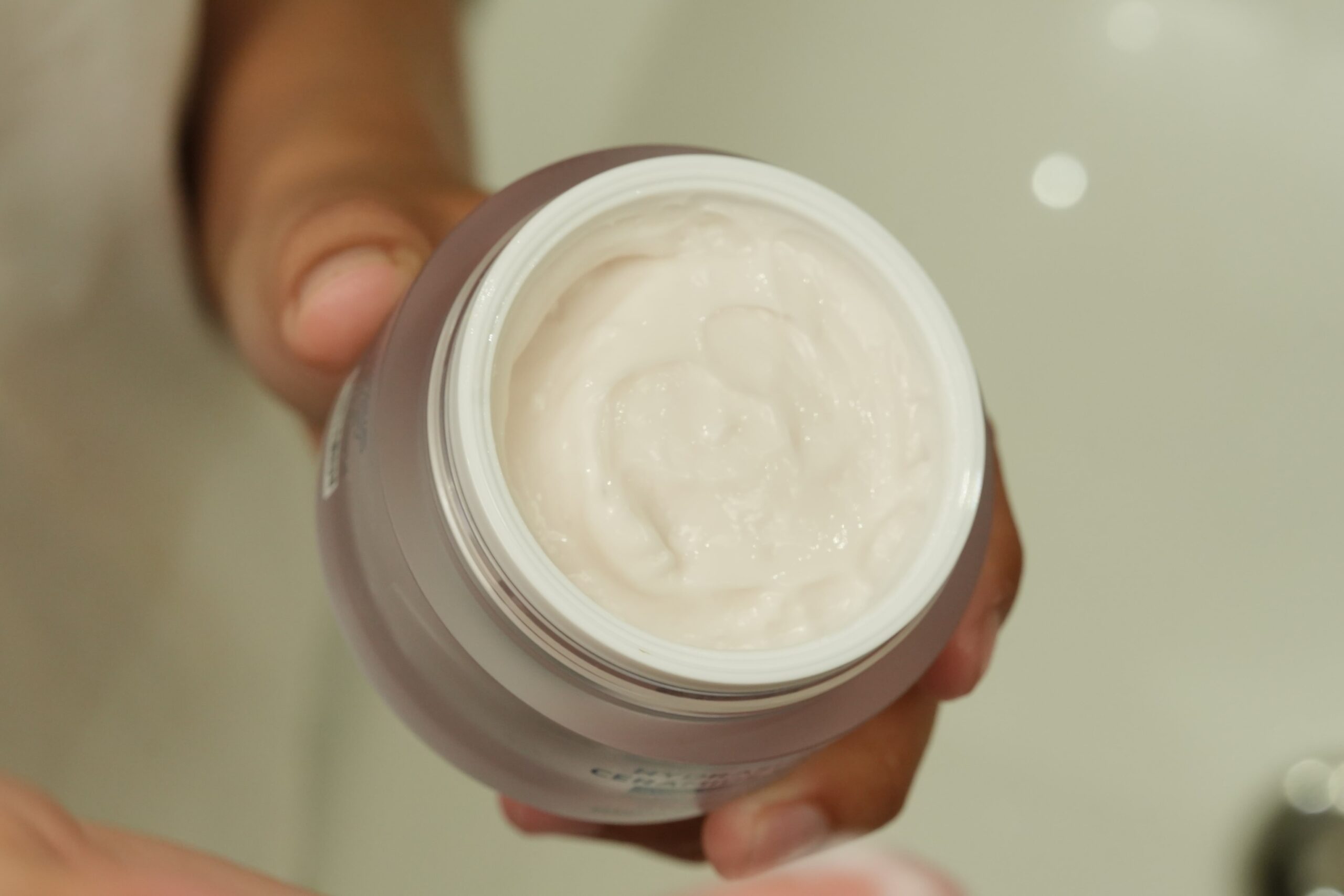
Leave a Reply